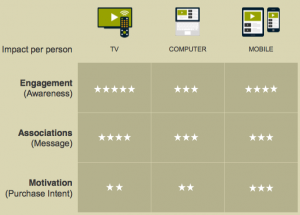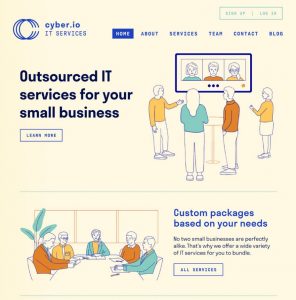There’s ample data to support the effectiveness of email marketing — in particular, email newsletters — yet it seems to have lost its appeal among marketers. Although a lot has changed since the “old days” and it may be more challenging to command attention in the inbox today, the reality is that email is not going anywhere. In fact, a recent survey showed that B2B content marketers rely on email newsletters as one of their top three marketing tactics.
The key difference between today’s newsletter and the ones we batch-sent a decade ago is data. With data-driven dynamic content, marketers not only can create relevant newsletters that audiences will read and love, they’ll drive better results.
Linking social and mobile with email newsletters creates a “best of all worlds” approach. Add your data strategy to that, and you’ve got powerful new best practices to consider.
Personalization and dynamic content. No, I don’t mean the [insert recipient name here] kind of personalization. I mean personalized content: content selected because it’s relevant to the recipient. This type of personalization technology is standard fare in the B2C market, enabling companies to deliver personalized content targeted to the recipient based on past behavior. The reader experience is improved so dramatically that page view increases of 100% are not uncommon. With first-party data available today through ESPs and marketing automation platforms, most B2B digital marketers have enough actionable data to put this type of strategy into play.
Share your content, and make your content shareable. The combination of email and social together is more powerful than either independently. You can’t assume your marquee article is going to be read if you only include it in your monthly newsletter. With newsletter open rates hovering around 15%, 85% of recipients probably never see your key content item. However, if you share that article on Twitter, Facebook, and LinkedIn, the odds of reaching your audience are improving. And, if you’ve done a great job with content personalization, your readers may want to share that all-important content with their like-minded colleagues. Make it easy for them: add share icons to every article.
Run your key content pieces more than once. Again, don’t assume because you’ve run an article once in your newsletter that it’s been read. Even with a fantastic open rate, you are reaching only fraction of your target. It’s not that they don’t love seeing you in your inbox – they’re probably just too busy. Make sure that item is in your next newsletter so that when they do have time to read, they’ll see it. Ideally, use technology that tracks these opens and clicks so that you can automatically retarget key content based on whether your recipient opened the last email in which it ran.
Optimize your email newsletters for mobile. Popular email marketing solutions don’t always optimize newsletters for mobile. However, 65% of all email is opened on a mobile device, so if your newsletter isn’t mobile-ready, chances are, it’s not going to be read. And since 55% of social media consumption occurs on mobile devices, your content can be shared more easily if it’s mobile-friendly, too.
The email newsletter has evolved and adapted with the times, and while it’s still highly effective on its own, it’s even more powerful when united with social and mobile. These shiny objects have attracted a good deal of the spotlight over the last few years, but the fact is, when it comes to B2B, nothing trumps the email newsletter. Inject the newsletter/social/mobile trifecta with first-party data, and you’ve got a solid tactic that will drive better relationships and better business results.
MediaPost.com: email
(575)
Report Post


